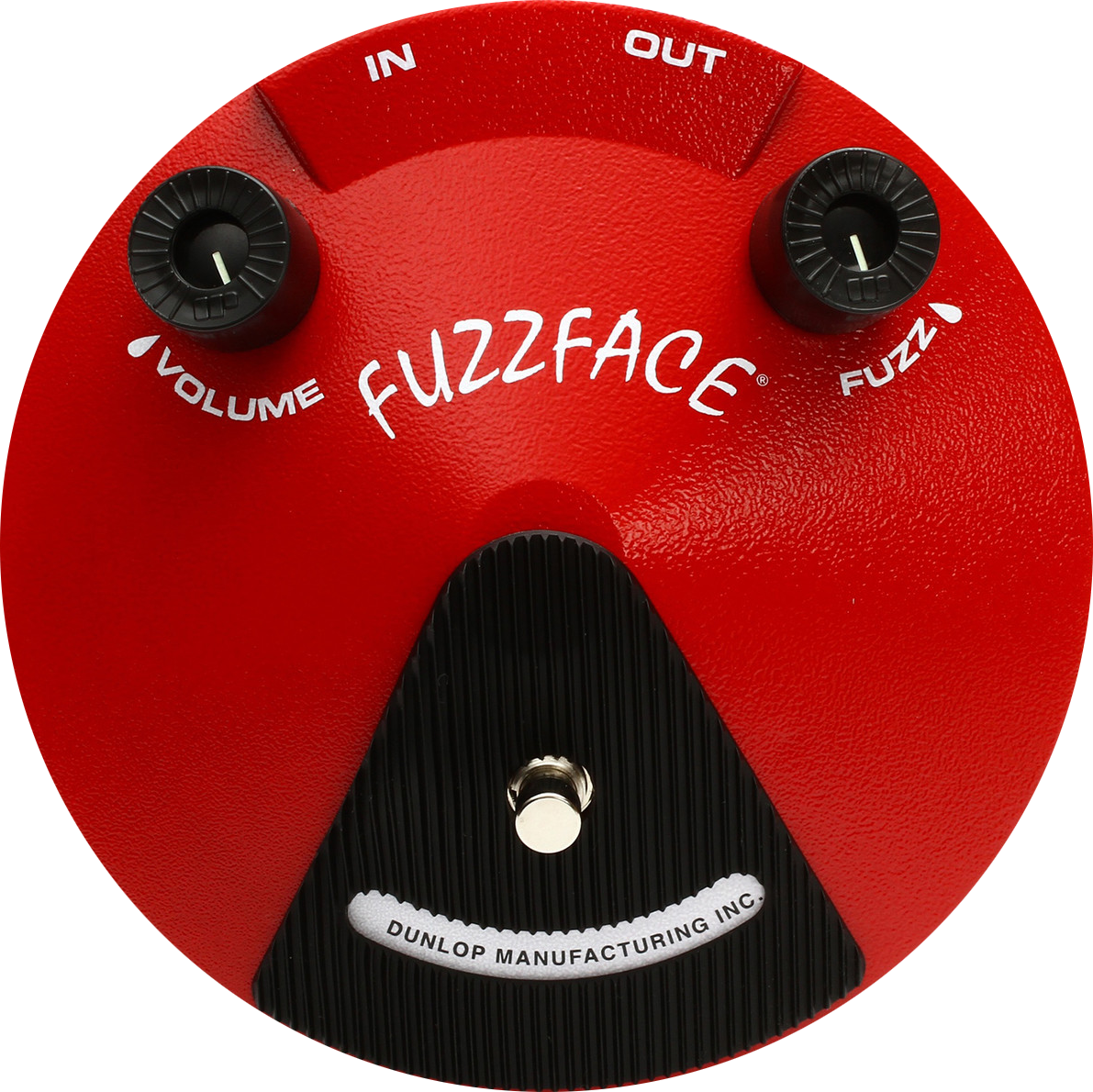I understand the usefulness of the terminal and how universal it is for troubleshooting across distros. But can’t there be a way to make a nice graphical tool for the various admin level tasks that need to be performed?
Edit: Thank you to the outpouring of feedback on this. It has greatly opened my eyes to how much I don’t know about. I did see a couple suggestions though, so I’ll be sure to check them out.
I think its because a lot of this stuff is faster to do through command line. And people developing GUI tools are ones that are already good at CLI so they might not understand why a graphical tool might be needed and then ones that do, start learning CLI to program a tool and on the way might realize it’s just easier to console. Kinda where I’m at. Plus if there are many of the same tool it might vary in GUI and when giving someone instructions it’s easier to just say the command to type than to cover every possible variation of GUI environment. That’s my take on this.
on the way might realize it’s just easier to console. Kinda where I’m at.
Me too. Discovering lots of good tools are CLI, so just getting familiar with that instead.
I’ve been using Linux since ~1996; I used to wonder about this a lot.
The tl;dr answer is, it’s too much effort only to solve the problem of making life easier for new users, and it can be a disservice to users in the long run.
As others have pointed out, there are limited GUI tools for common administration roles.
Power users are much, much faster at doing things via CLI. Most administrative tasks involve text file management and the UNIX userland is exceptional at processing text files.
A graphical tool would have to deal with evolving system software and APIs, meaning the GUI tool would be on constant outpatient care; this is counter to the UNIX philosophy which is to make software simple and well-defined such that it can be considered “done” and remain versatile and flexible enough to live for decades virtually unchanged.
It wouldn’t be that much easier for things like network rules unless a truly incredible UI was designed, and that would be a risk since the way that’s implemented at the system level is subject to change at any point. It’s hard enough keeping CLI userland tools in sync with the kernel as it is.
It would need to be adaptable to the ways different distributions do things. Administration on CentOS is not always the same as it is on Debian.
And ultimately, the longer a user spends depending on GUI tools, the longer it will take them to learn and become proficient with the CLI, which will always be a far more useful skill to have. You’ll never learn the innards of containers or VPS’ if you only know how to do things from the GUI.
Well put. I do need to learn much of the basic workings of CLI. Any recommendations on how to approach learning?
Webmin and Cockpit, my dude
Webmin is a web-based server management control panel for Unix-like systems. Webmin allows the user to configure operating system internals, such as users, disk quotas, services and configuration files, as well as modify and control open-source apps, such as BIND, Apache HTTP Server, PHP, and MySQL. https://en.wikipedia.org/wiki/Webmin
Wow, I had completely forgotten about this package!






